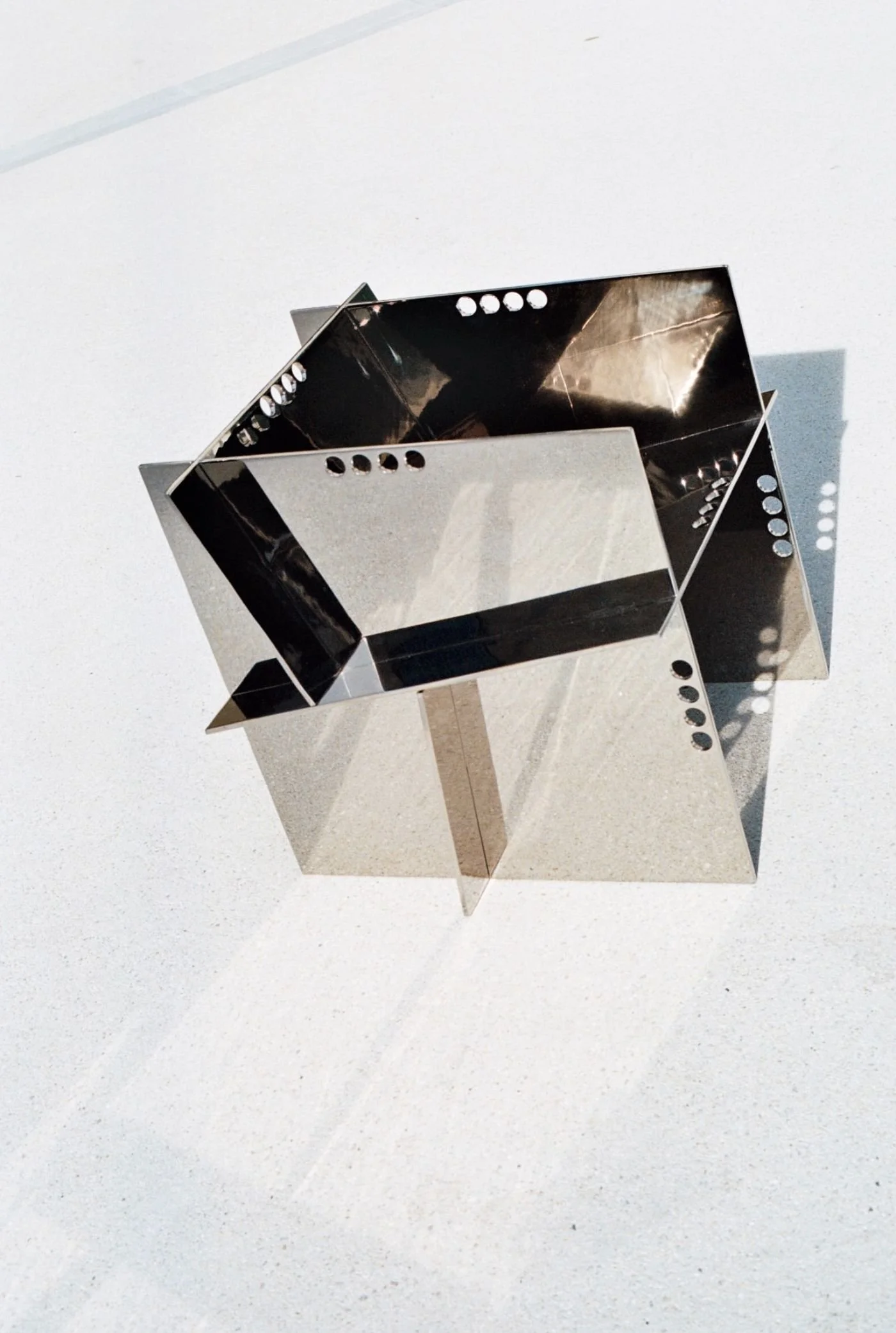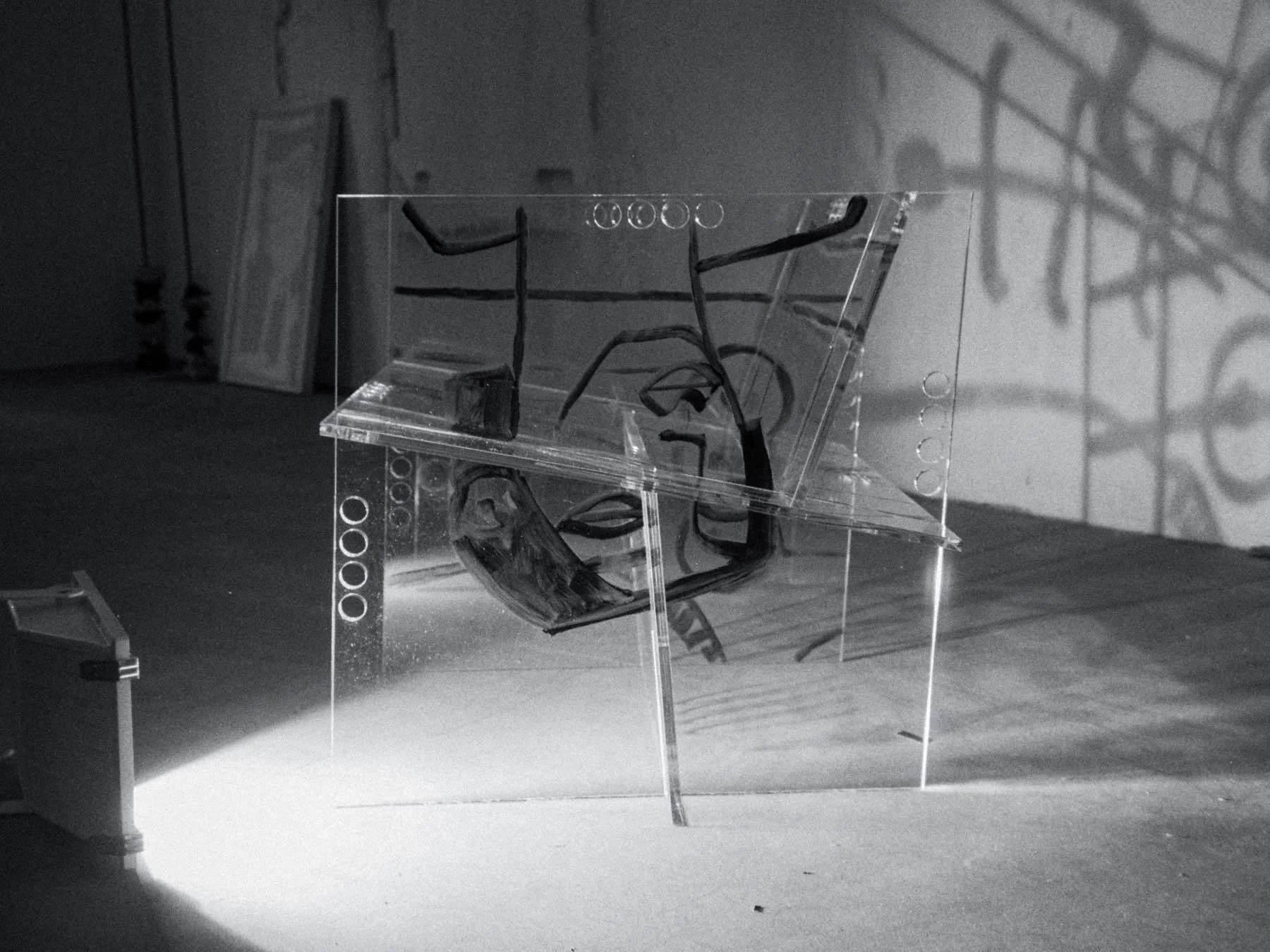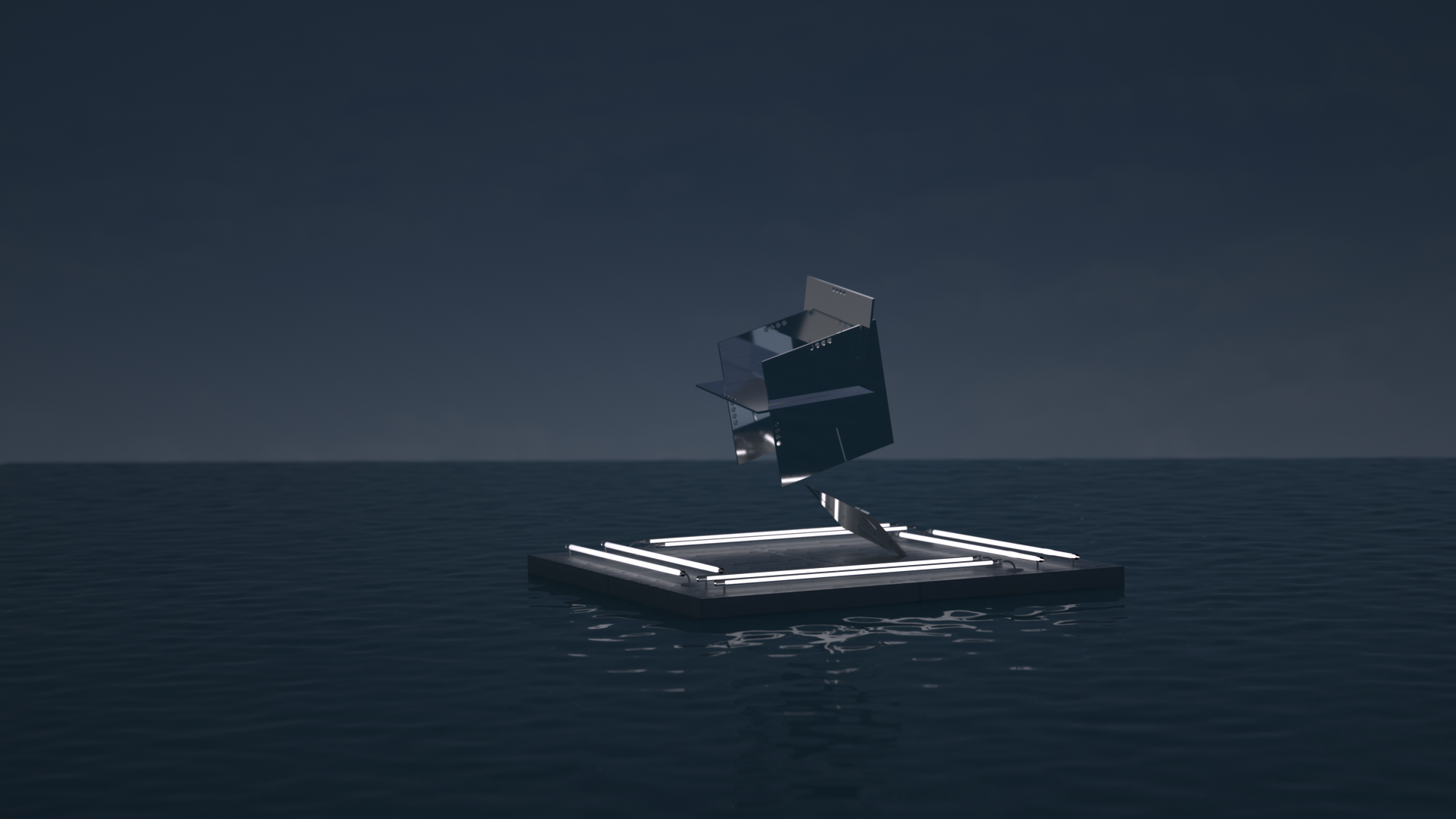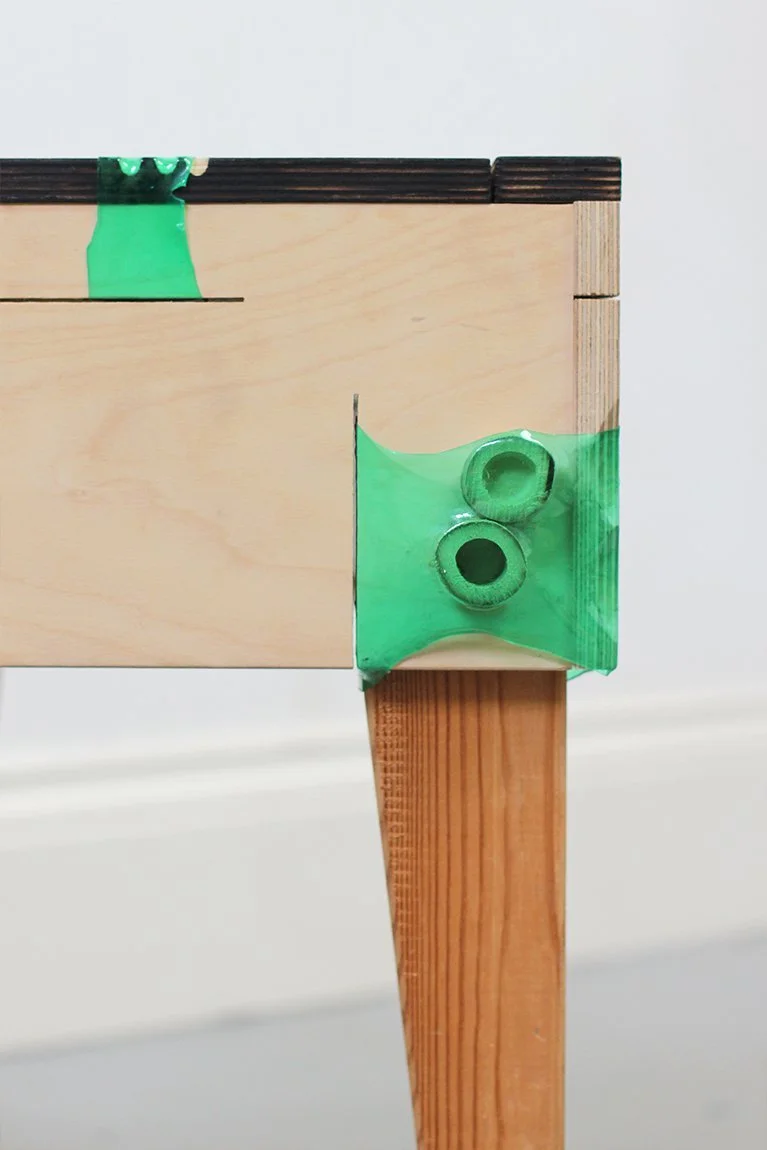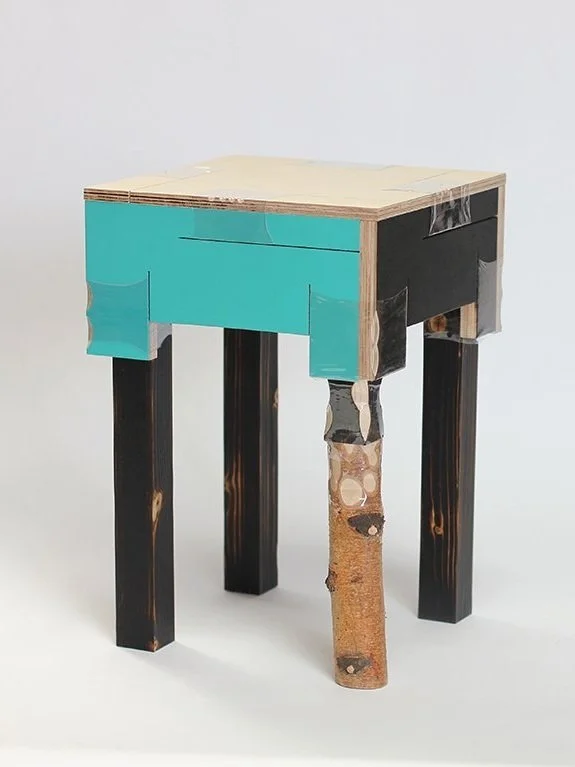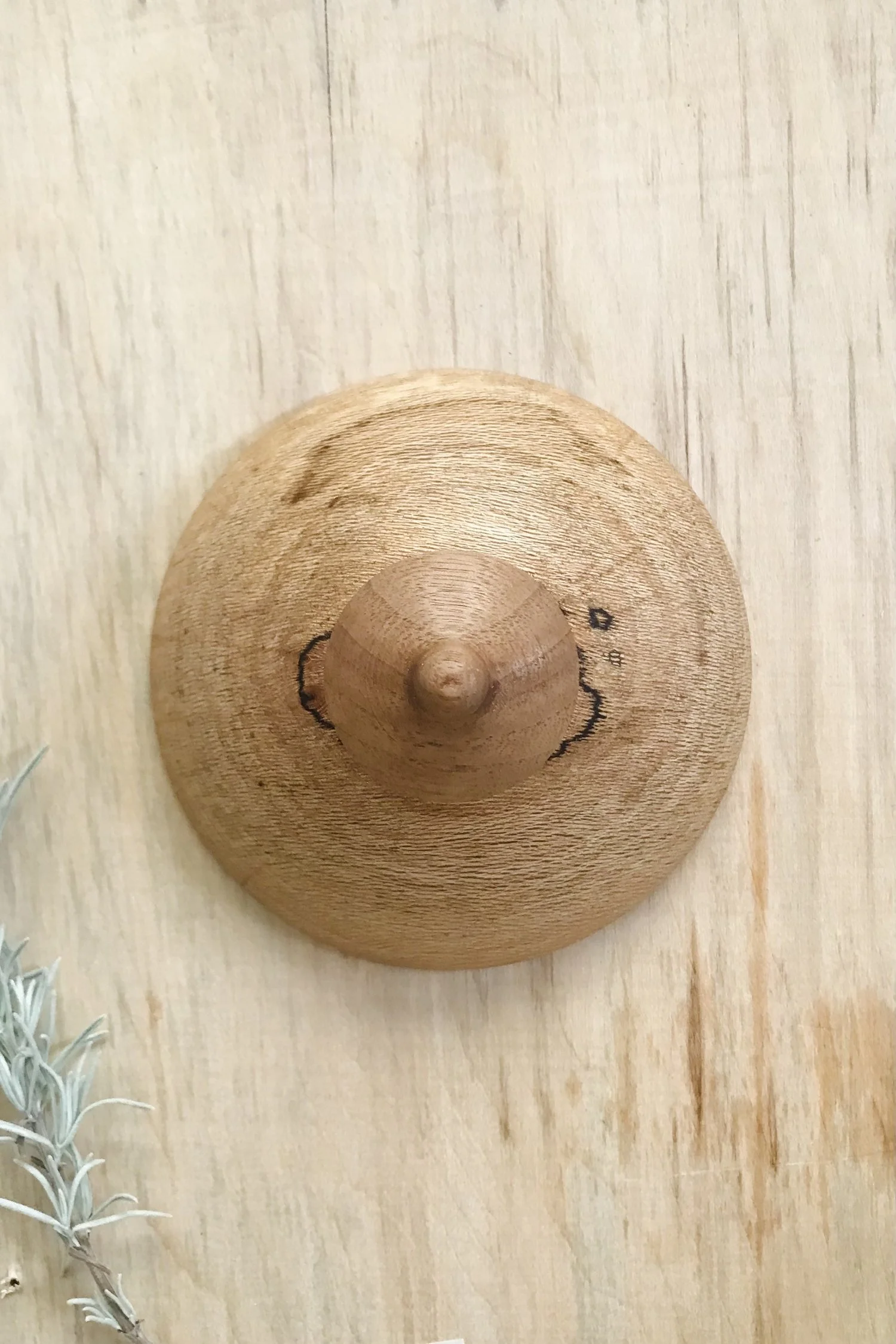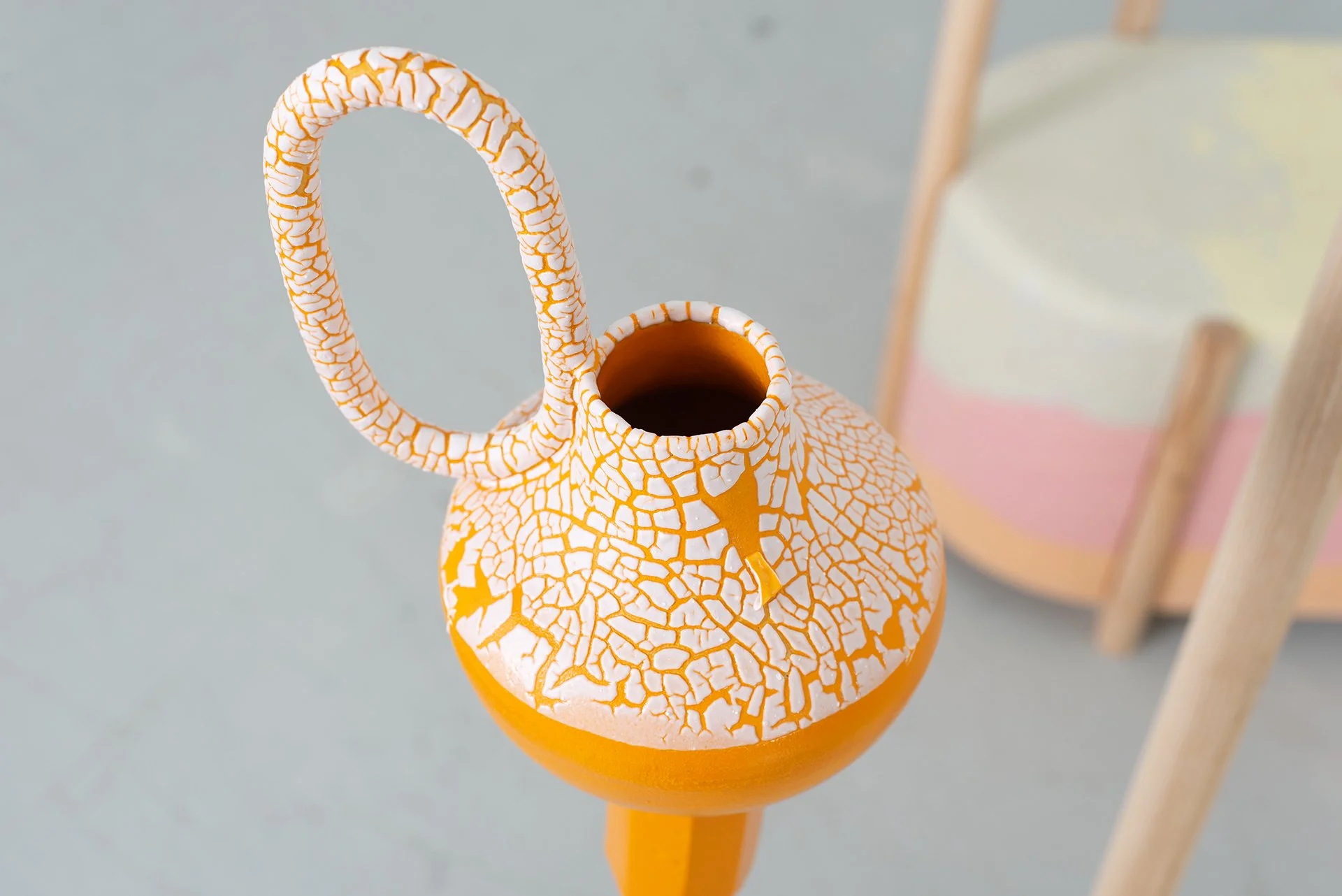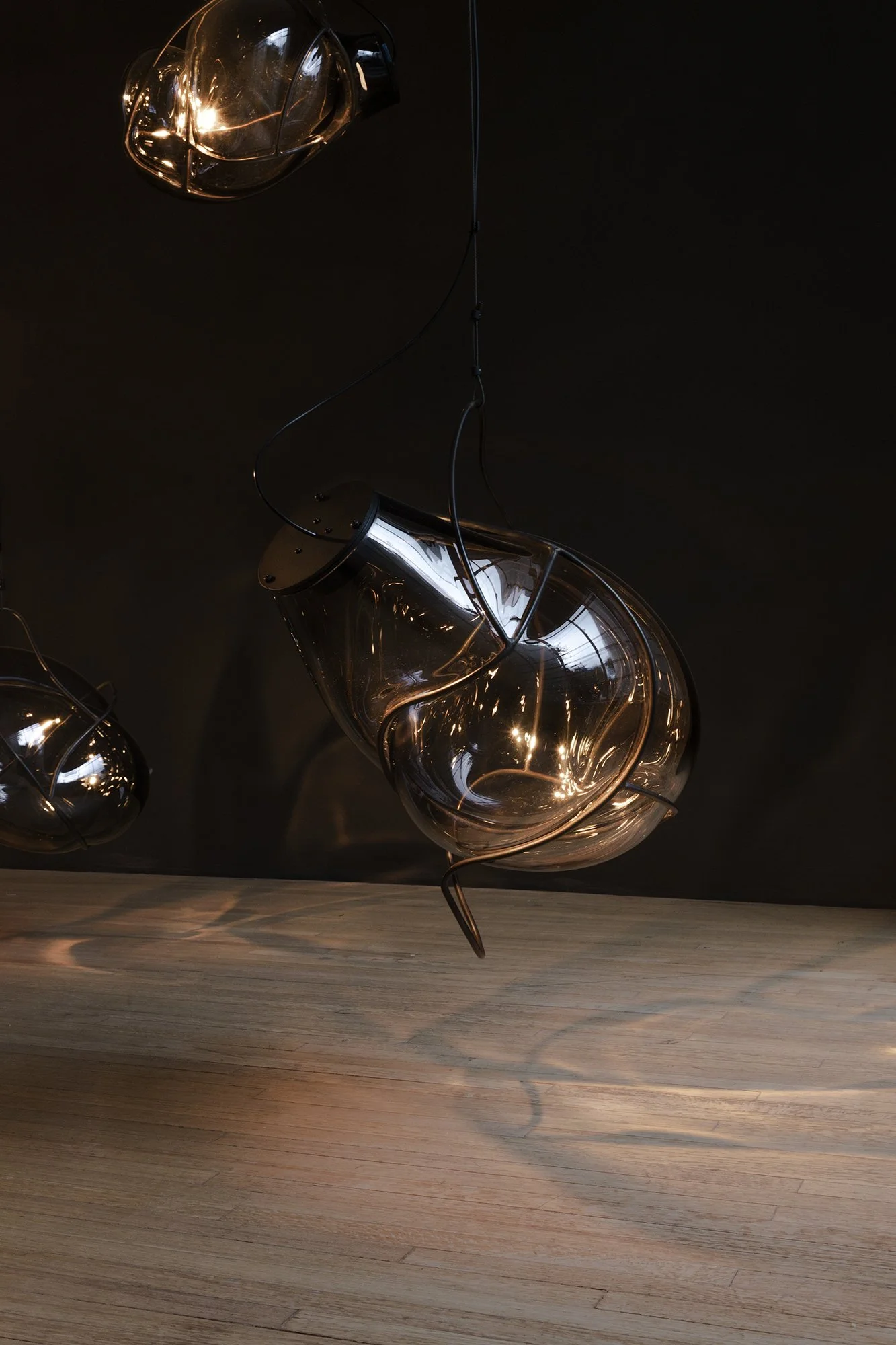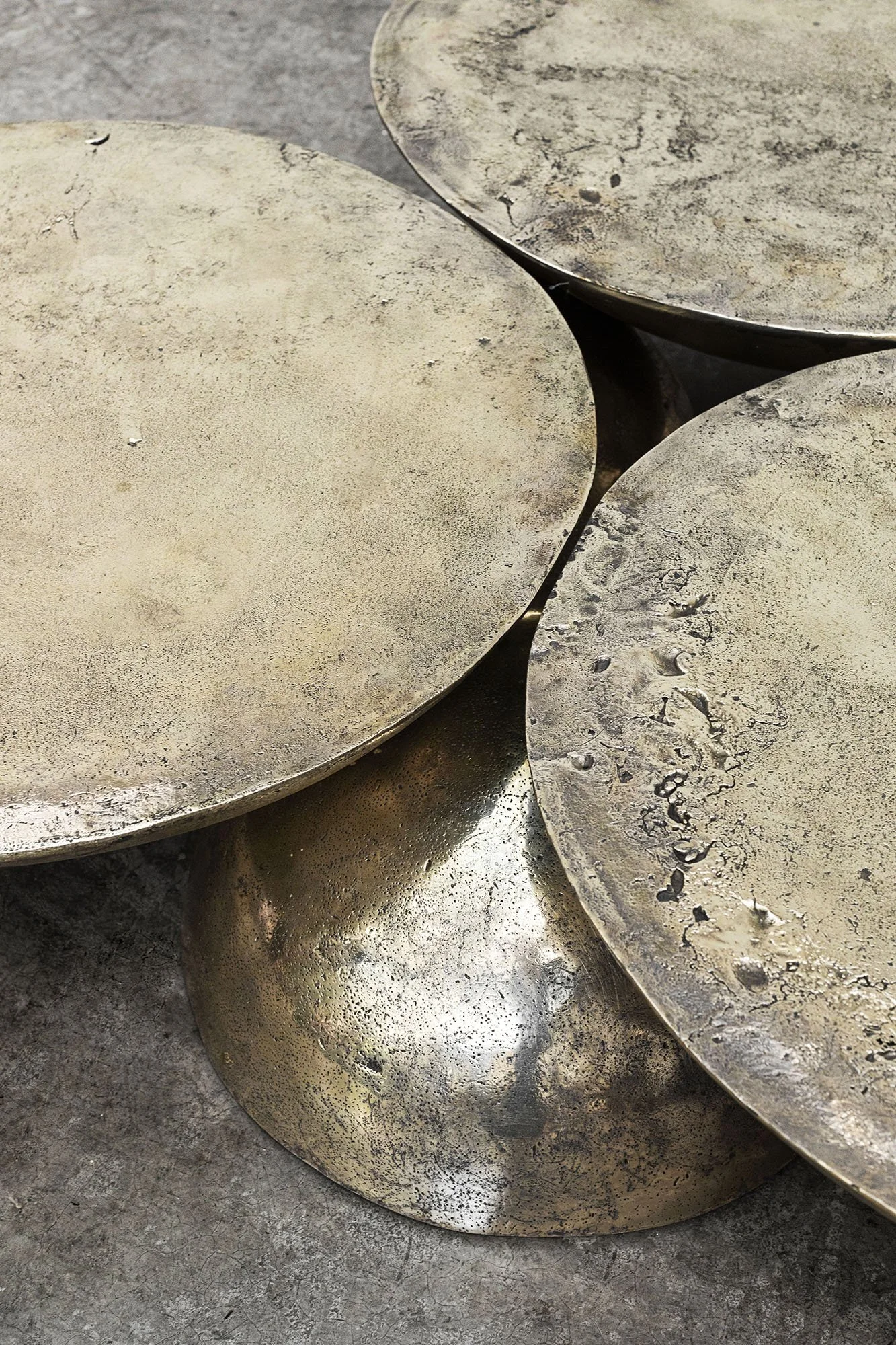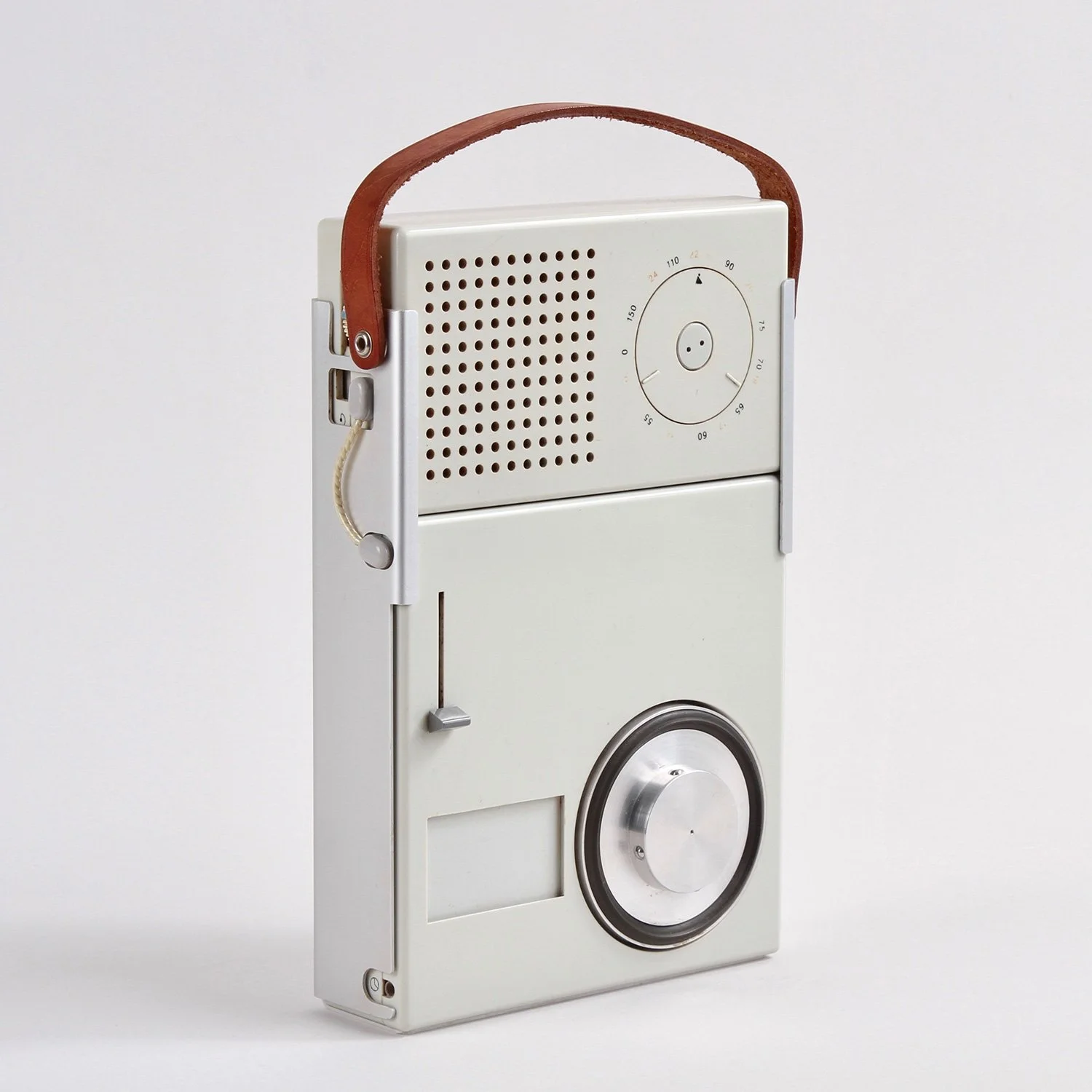 Image 1 of 17
Image 1 of 17

 Image 2 of 17
Image 2 of 17

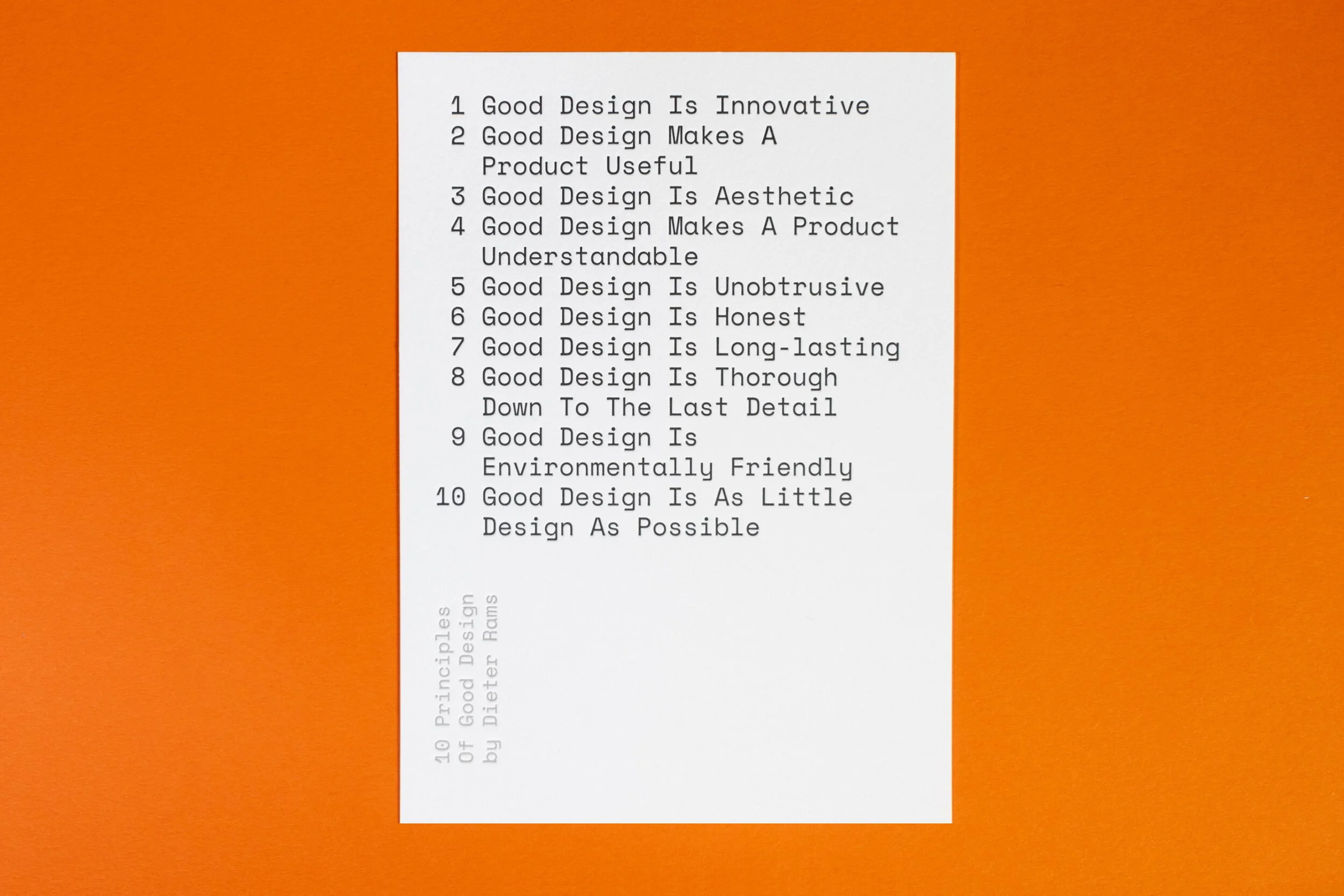 Image 3 of 17
Image 3 of 17

 Image 4 of 17
Image 4 of 17

 Image 5 of 17
Image 5 of 17

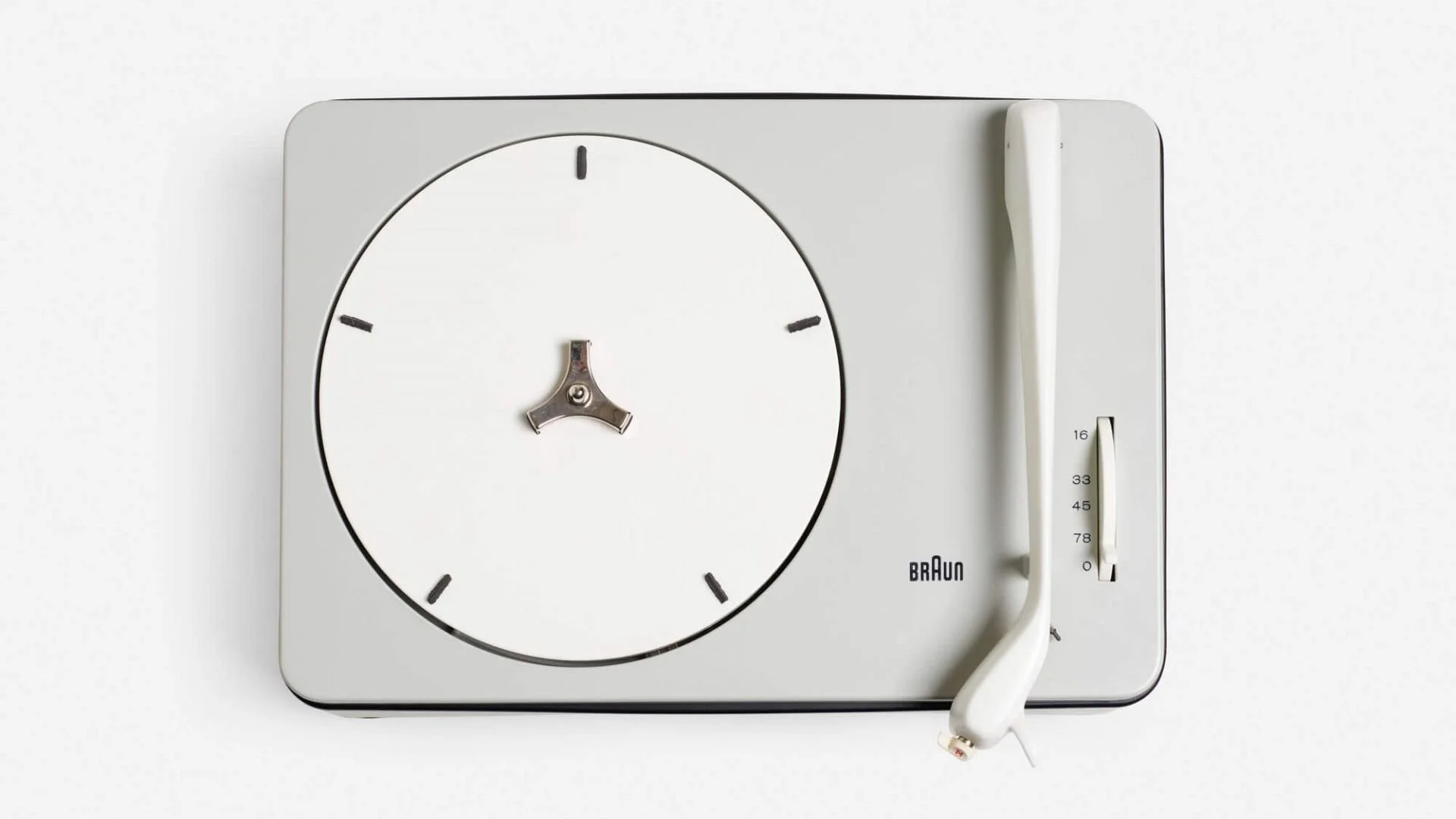 Image 6 of 17
Image 6 of 17

 Image 7 of 17
Image 7 of 17

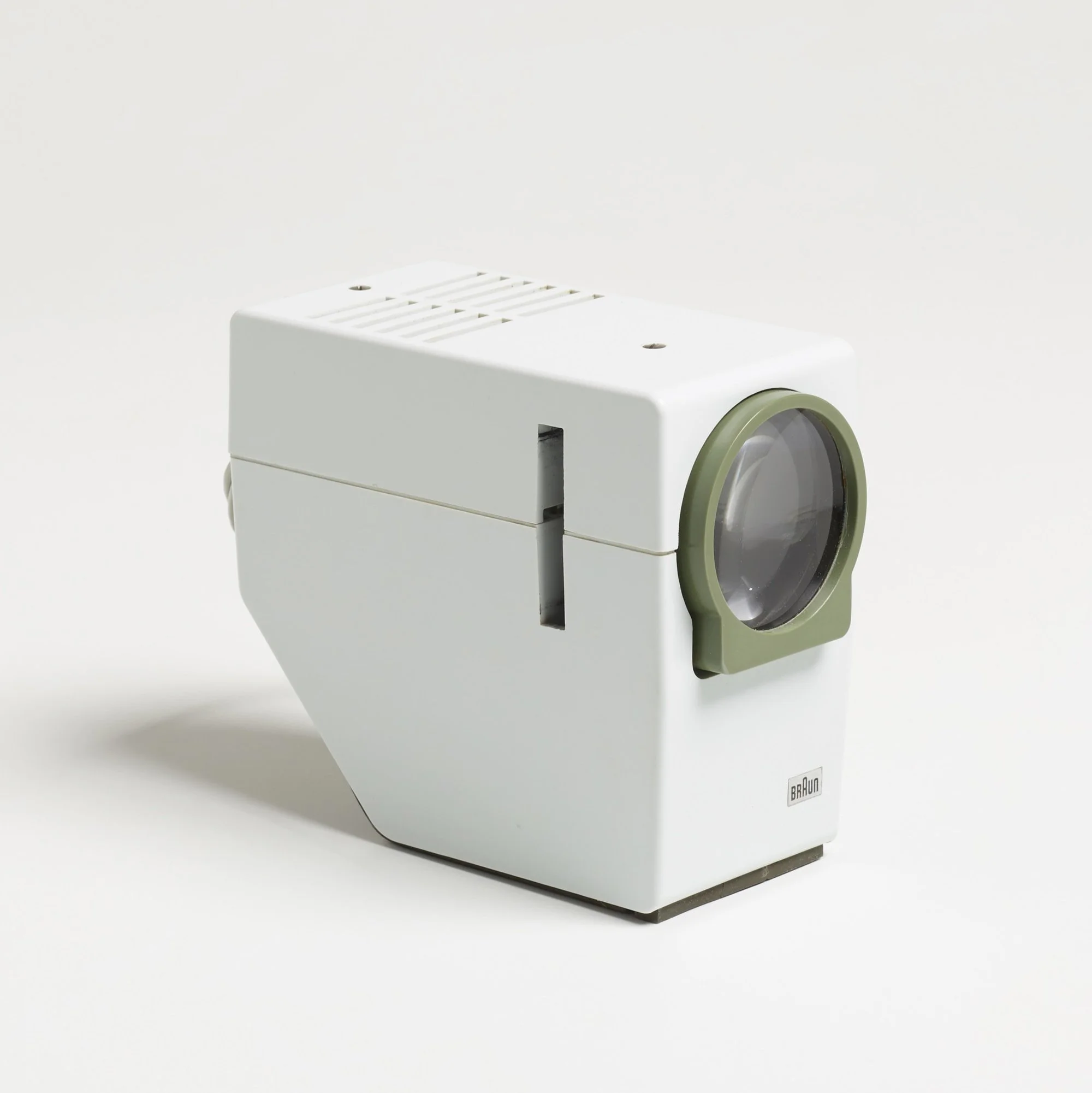 Image 8 of 17
Image 8 of 17

 Image 9 of 17
Image 9 of 17

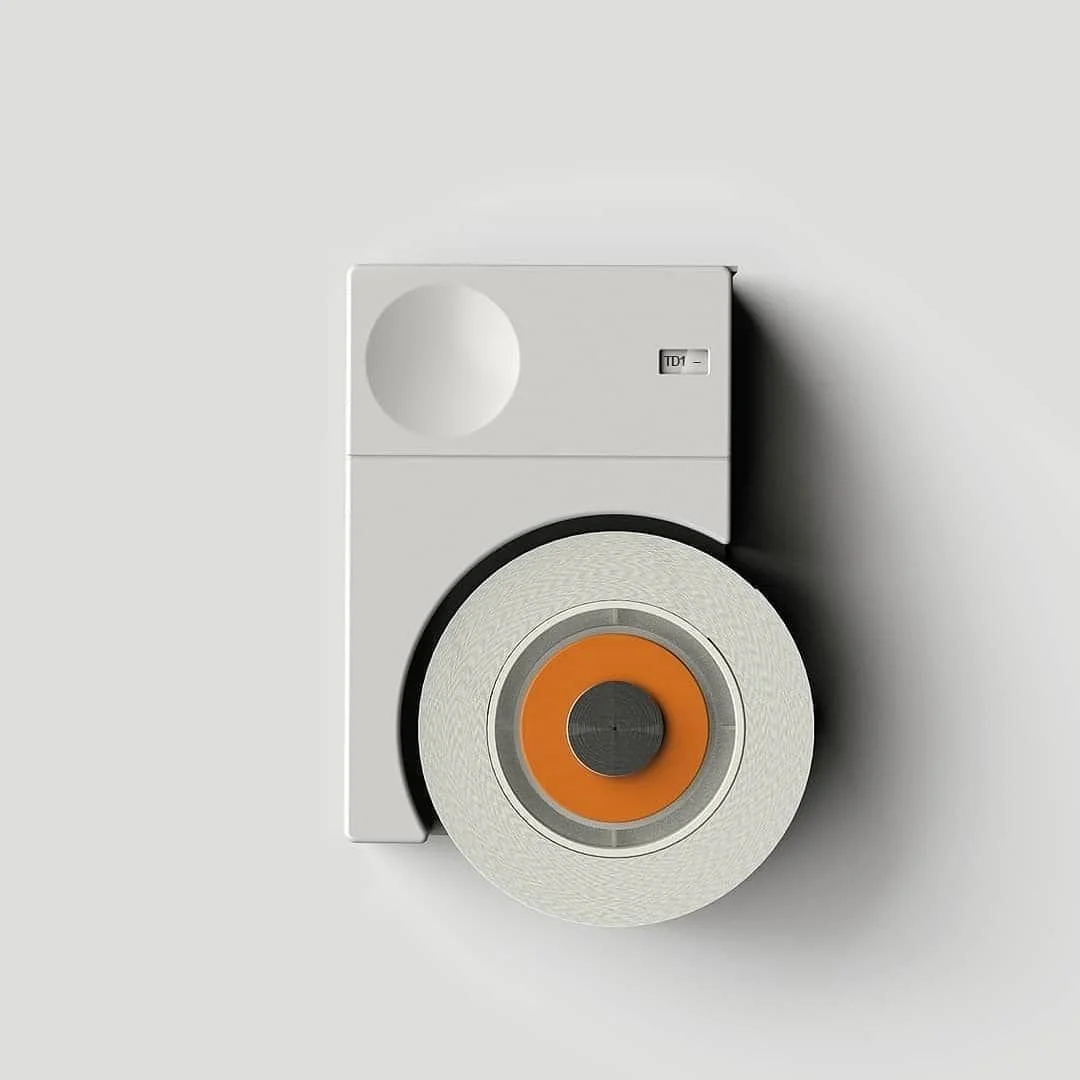 Image 10 of 17
Image 10 of 17

 Image 11 of 17
Image 11 of 17

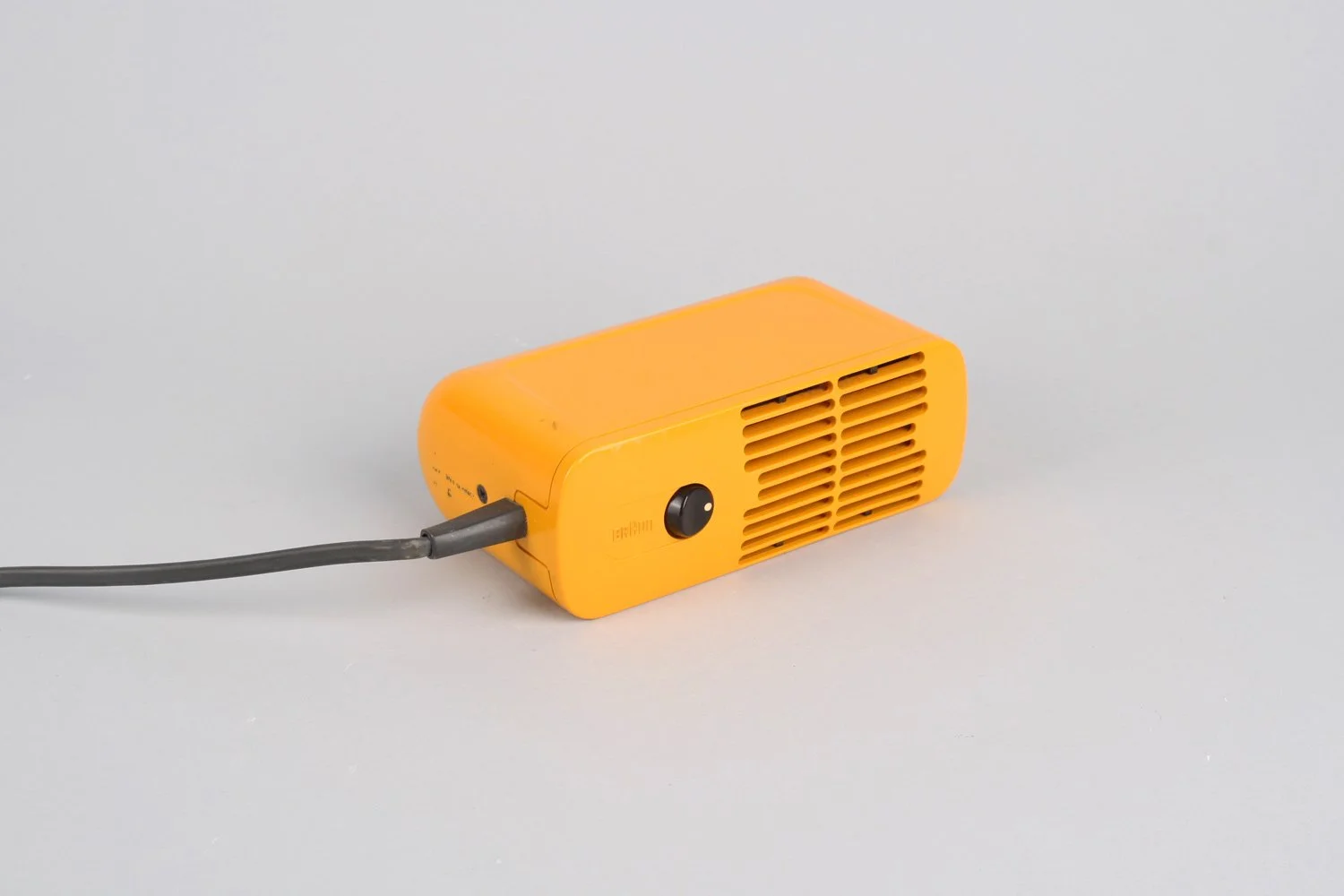 Image 12 of 17
Image 12 of 17

 Image 13 of 17
Image 13 of 17

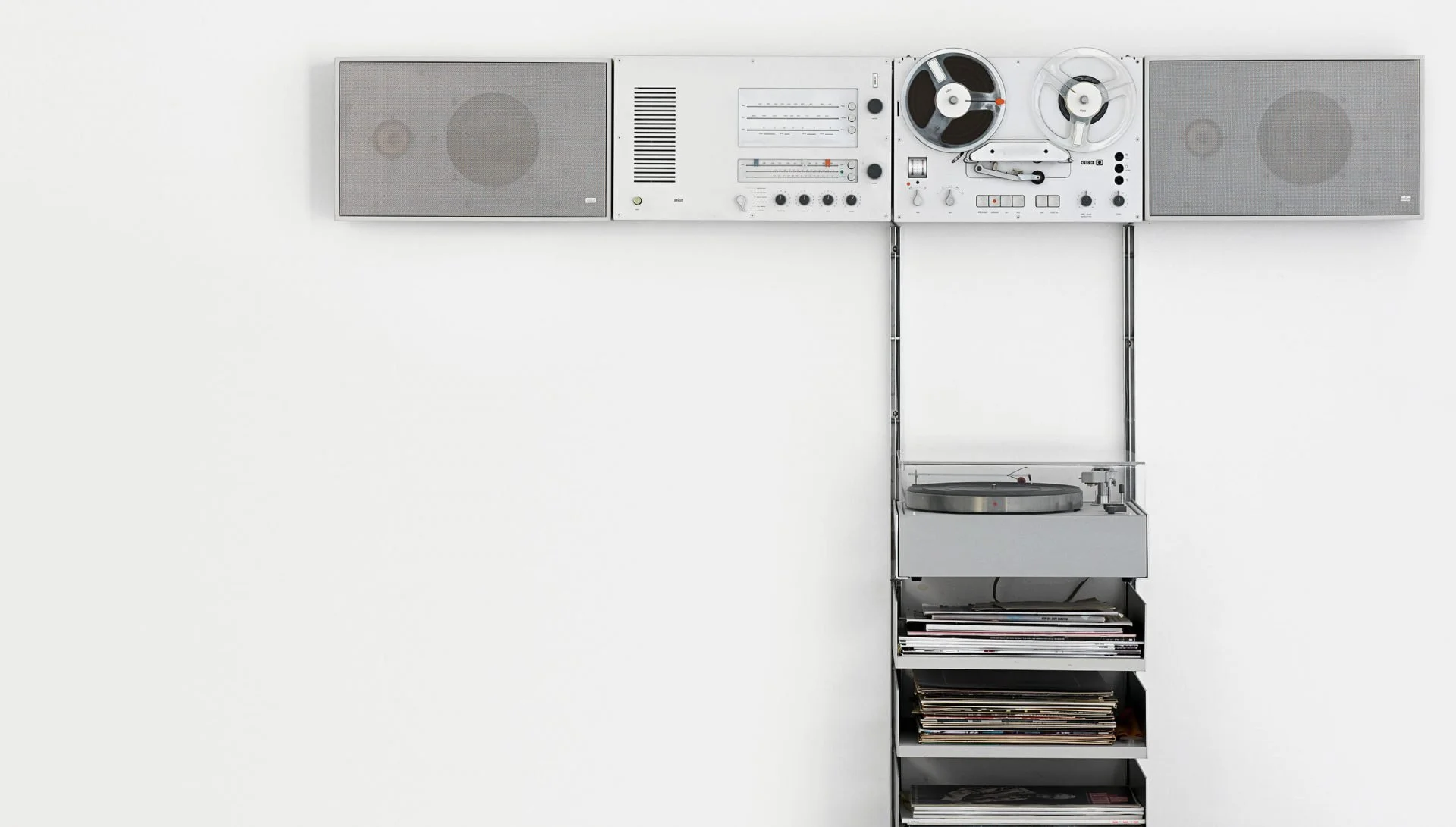 Image 14 of 17
Image 14 of 17

 Image 15 of 17
Image 15 of 17

 Image 16 of 17
Image 16 of 17

 Image 17 of 17
Image 17 of 17


















Dieter Rams summed up his design philosophy as 'less but better'
Dieter Rams is a German industrial designer born in 1932, best known for his work with Braun and Vitsœ. He established his career with the mission to create functional, long-lasting products that are environmentally friendly and aesthetically timeless. Rams' current approach focuses on promoting his "less, but better" philosophy, emphasizing sustainable and responsible design. Core values include simplicity, functionality, and sustainability, with a purpose to redefine the relationship between design, consumption, and the environment.
Location
Career base: Frankfurt, Germany (Braun) and London, UK (Vitsœ).
Primary influence: Global, with particular impact on European and American design.
Note: Strategic positions allowed Rams to influence both consumer electronics and furniture design industries.
The Circular Vision
Core circular economy principles: Designing long-lasting products, using materials efficiently, and creating items that can be easily repaired or recycled.
Key innovations: Development of modular systems like the 606 Universal Shelving System, which can be reconfigured and expanded over time, reducing waste.
Prioritization of local sourcing and closed-loop supply chains: While not explicitly focused on this, Rams' emphasis on durability and repairability aligns with circular economy goals.
Pioneering Solutions
Flagship projects: 606 Universal Shelving System (1960), SK4 radiogram (1956), ET66 calculator (1987), and various other iconic Braun products that exemplify longevity and timeless design.
The Regenerative Future
R&D focus areas: Promoting design that is environmentally responsible, long-lasting, and focused on essential functions.
Ambitious goals: To inspire a shift in consumer culture towards buying fewer, better quality products that last longer and create less waste.
Fact Sheet
Commercial Availability: Many of Rams' designs are still in production through Vitsœ and other companies.
Circularity Rating: 4/5 (Strong focus on longevity and repairability, though not explicitly circular in all aspects).
Key Certifications: Numerous design awards and honors throughout his career.
Cost Rating: High-end pricing for quality, long-lasting designs.
Material Passport: Emphasis on quality materials, though formal material passports were not a concept during most of his career.
Designed for Disassembly: Many designs, particularly furniture, are modular and can be easily disassembled.
Carbon Performance: Focus on energy efficiency and longevity, though specific carbon metrics are not provided.
Key Takeaway
Dieter Rams transformed industrial design through his emphasis on longevity, functionality, and sustainability, setting a benchmark for responsible design that aligns closely with circular economy principles.
Explore Further
Dieter Rams is a German industrial designer born in 1932, best known for his work with Braun and Vitsœ. He established his career with the mission to create functional, long-lasting products that are environmentally friendly and aesthetically timeless. Rams' current approach focuses on promoting his "less, but better" philosophy, emphasizing sustainable and responsible design. Core values include simplicity, functionality, and sustainability, with a purpose to redefine the relationship between design, consumption, and the environment.
Location
Career base: Frankfurt, Germany (Braun) and London, UK (Vitsœ).
Primary influence: Global, with particular impact on European and American design.
Note: Strategic positions allowed Rams to influence both consumer electronics and furniture design industries.
The Circular Vision
Core circular economy principles: Designing long-lasting products, using materials efficiently, and creating items that can be easily repaired or recycled.
Key innovations: Development of modular systems like the 606 Universal Shelving System, which can be reconfigured and expanded over time, reducing waste.
Prioritization of local sourcing and closed-loop supply chains: While not explicitly focused on this, Rams' emphasis on durability and repairability aligns with circular economy goals.
Pioneering Solutions
Flagship projects: 606 Universal Shelving System (1960), SK4 radiogram (1956), ET66 calculator (1987), and various other iconic Braun products that exemplify longevity and timeless design.
The Regenerative Future
R&D focus areas: Promoting design that is environmentally responsible, long-lasting, and focused on essential functions.
Ambitious goals: To inspire a shift in consumer culture towards buying fewer, better quality products that last longer and create less waste.
Fact Sheet
Commercial Availability: Many of Rams' designs are still in production through Vitsœ and other companies.
Circularity Rating: 4/5 (Strong focus on longevity and repairability, though not explicitly circular in all aspects).
Key Certifications: Numerous design awards and honors throughout his career.
Cost Rating: High-end pricing for quality, long-lasting designs.
Material Passport: Emphasis on quality materials, though formal material passports were not a concept during most of his career.
Designed for Disassembly: Many designs, particularly furniture, are modular and can be easily disassembled.
Carbon Performance: Focus on energy efficiency and longevity, though specific carbon metrics are not provided.
Key Takeaway
Dieter Rams transformed industrial design through his emphasis on longevity, functionality, and sustainability, setting a benchmark for responsible design that aligns closely with circular economy principles.
Explore Further


